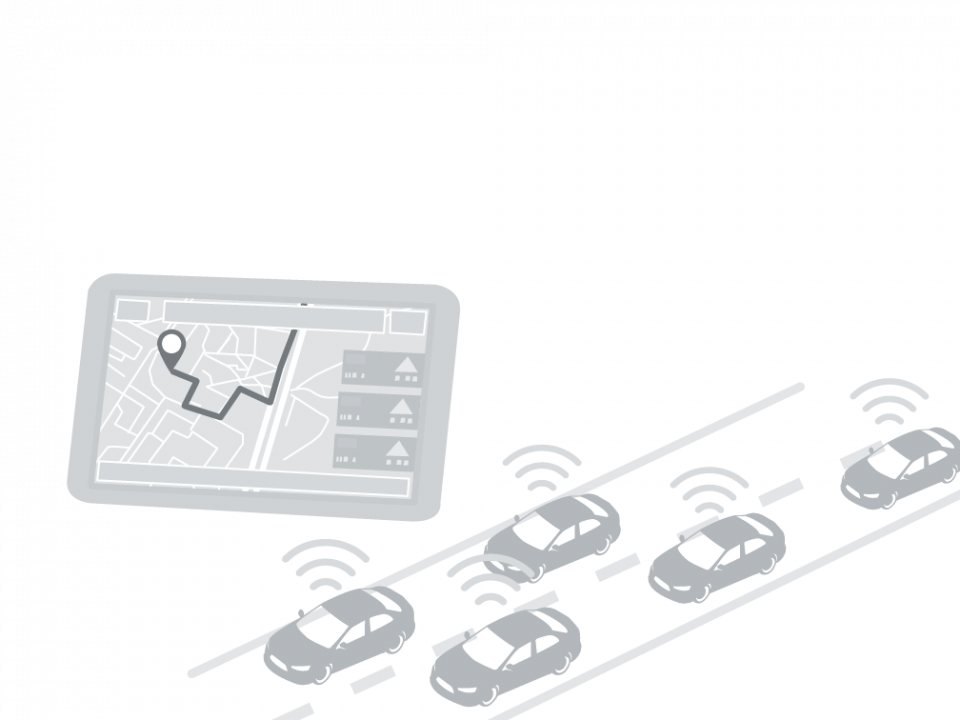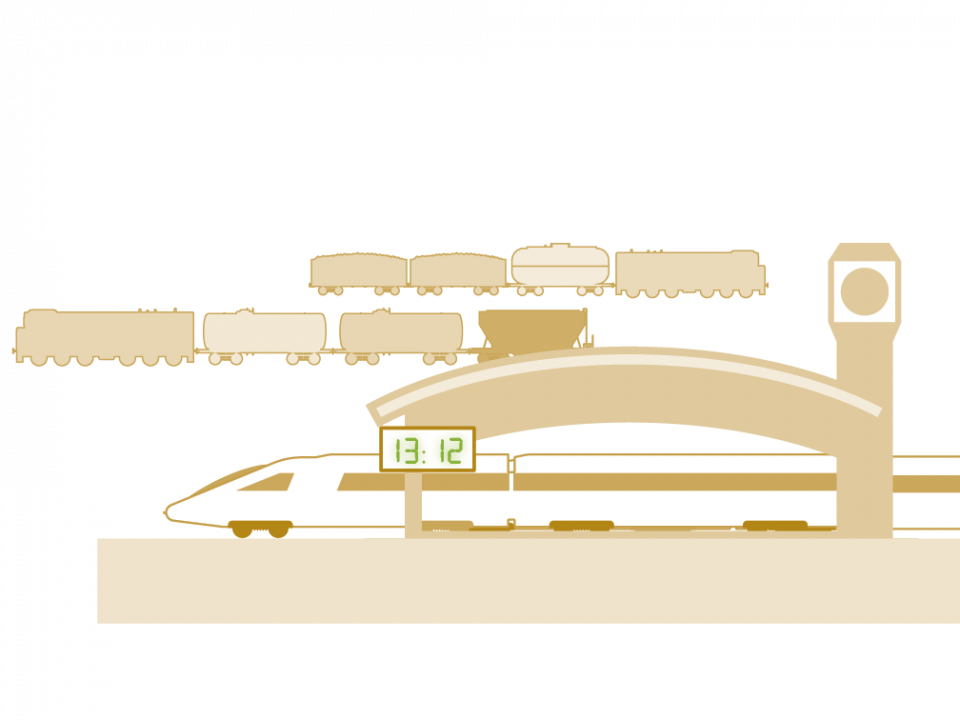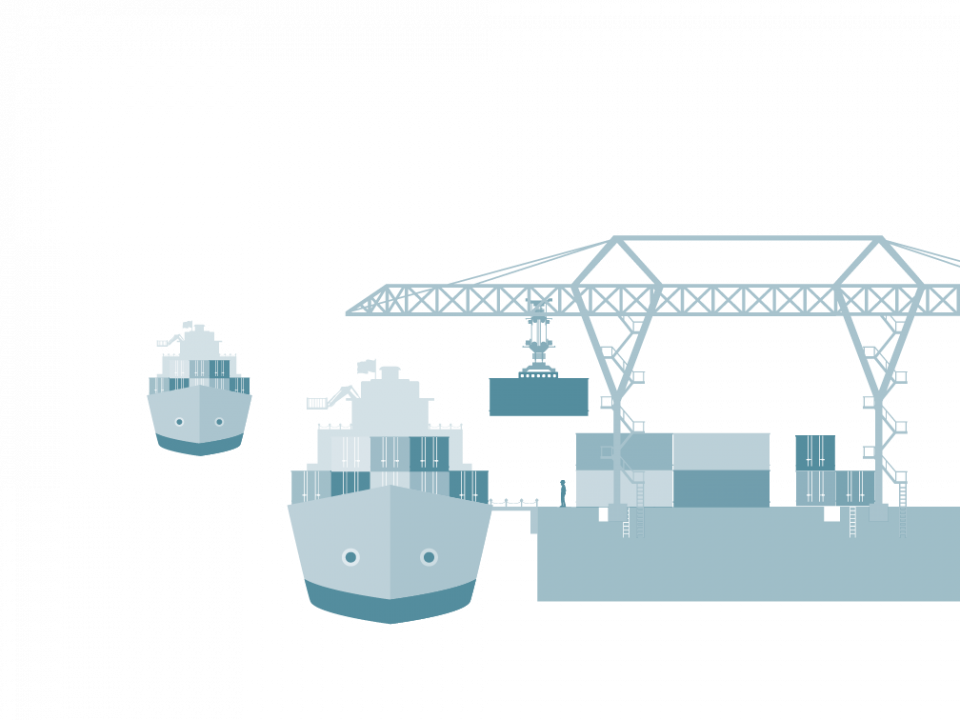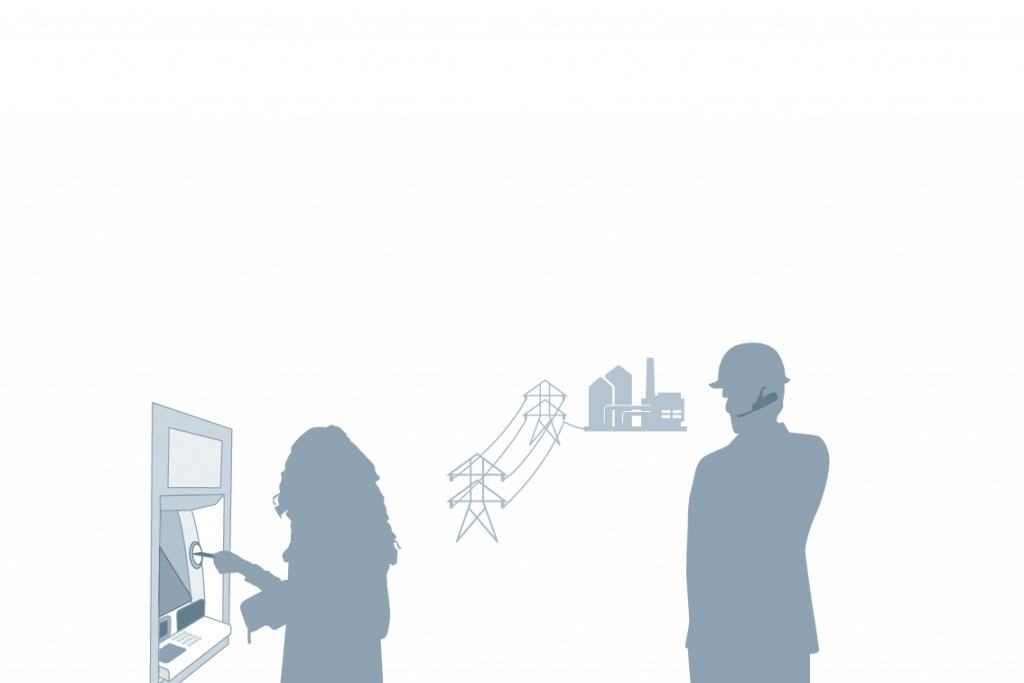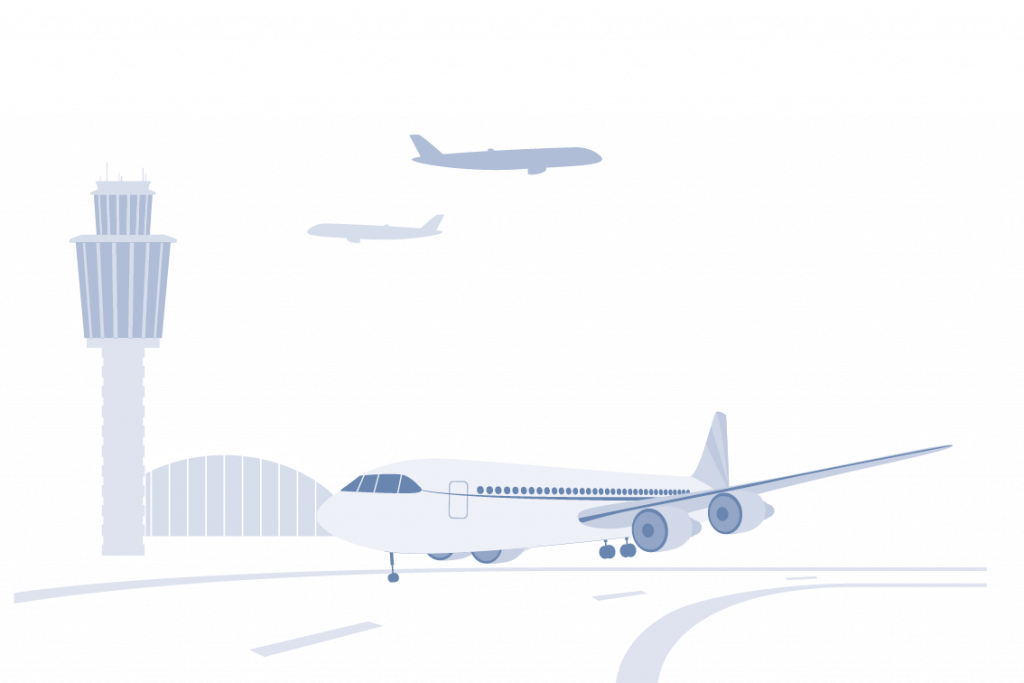
Satellite navigation – Paving the way for innovation and value creation
Satellite navigation makes our lives easier and has become an indispensable part of our everyday lives: it helps us to go on holiday without getting stuck in traffic or to check when the next bus will arrive. If we need money, we can get it reliably from ATMs all over the world thanks to the precise timing signals from navigation satellites. Cashless payments also work with the support of these signals. No wonder the economy benefits immensely from the position and time information provided by satellite navigation systems. The wide variety of application fields ensures that there is a rapidly growing market in aviation, shipping, land transport, geodesy, agriculture, life-saving and spaceflight. However, a satellite navigation system itself is not an independent service. It 'only' paves the way for numerous services – just like the internet. As an economic catalyst, such a system creates jobs in a wide range of industries – including the space, receiver and applications industries and many IT-based services. Society also benefits, as such a system can, for example, make transport networks and emergency services more efficient.

LEO-PNT – Satellite navigation from low Earth orbit
ESA has once again approved a space mission for navigation after a long time. It is the first since the Galileo test satellite GIOVE-B was launched in 2008. The mission, part of the new FutureNAV programme, is intended to develop technologies for positioning, navigation and timing (PNT) services for low Earth orbit (LEO) with the aim of in-orbit demonstration (IOD), hence the acronym LEO-PNT-IOD. The navigation signals from LEO will be stronger than before. They may also have other advantageous properties, for example improved geometries or new frequency ranges. As a result, they are even better protected against intentional interference. LEO-PNT thus opens up application possibilities in many areas where this was previously only possible with restrictions. This improves the conditions for autonomous driving, but also for conventional satellite navigation. Stationary applications also benefit from the new technologies, or indoors for industrial applications or the Internet of Things.

The technological and strategic importance of this navigation mission is clearly demonstrated by the fact that it was one of the most oversubscribed programmes of 'CM22'. This is because the ESA member states have invested considerably more funds in this programme than ESA itself had proposed and expected. In total, more than 180 million euros are expected to be available for this mission. Now, as early as 2025, a satellite constellation in LEO is to demonstrate this new form of satellite navigation. Later, the participating companies will be able to contribute the experience they have gained either to commercial services or to an institutional system, for example within the EU. The new FutureNAV programme thus highlights ESA's role as the leading European organisation in the development of new space technologies – including in navigation. Germany has contributed 5.28 million euros to the new LEO-PNT programme component and announced an additional nearly 35 million euros.
NAVISP – Involvement of German companies
ESA's 'Navigation Innovation and Support Programme' (NAVISP) gives companies the opportunity to contribute innovative technologies and processes for navigation. German companies and research institutions can use their technical knowledge from the first and second Galileo generations to investigate possible technology approaches for a third. Technology developments for Galileo and EGNOS are carried out under the EU's Horizon Europe research programme. While the further development of Galileo is being funded by Brussels, NAVISP is creating further innovative navigation solutions for new applications beyond the ongoing EU developments. With this optional ESA technology programme, studies have been carried out since 2017 that should contribute to innovative technologies in the long term – not only on navigation satellites, but for the entire downstream market.
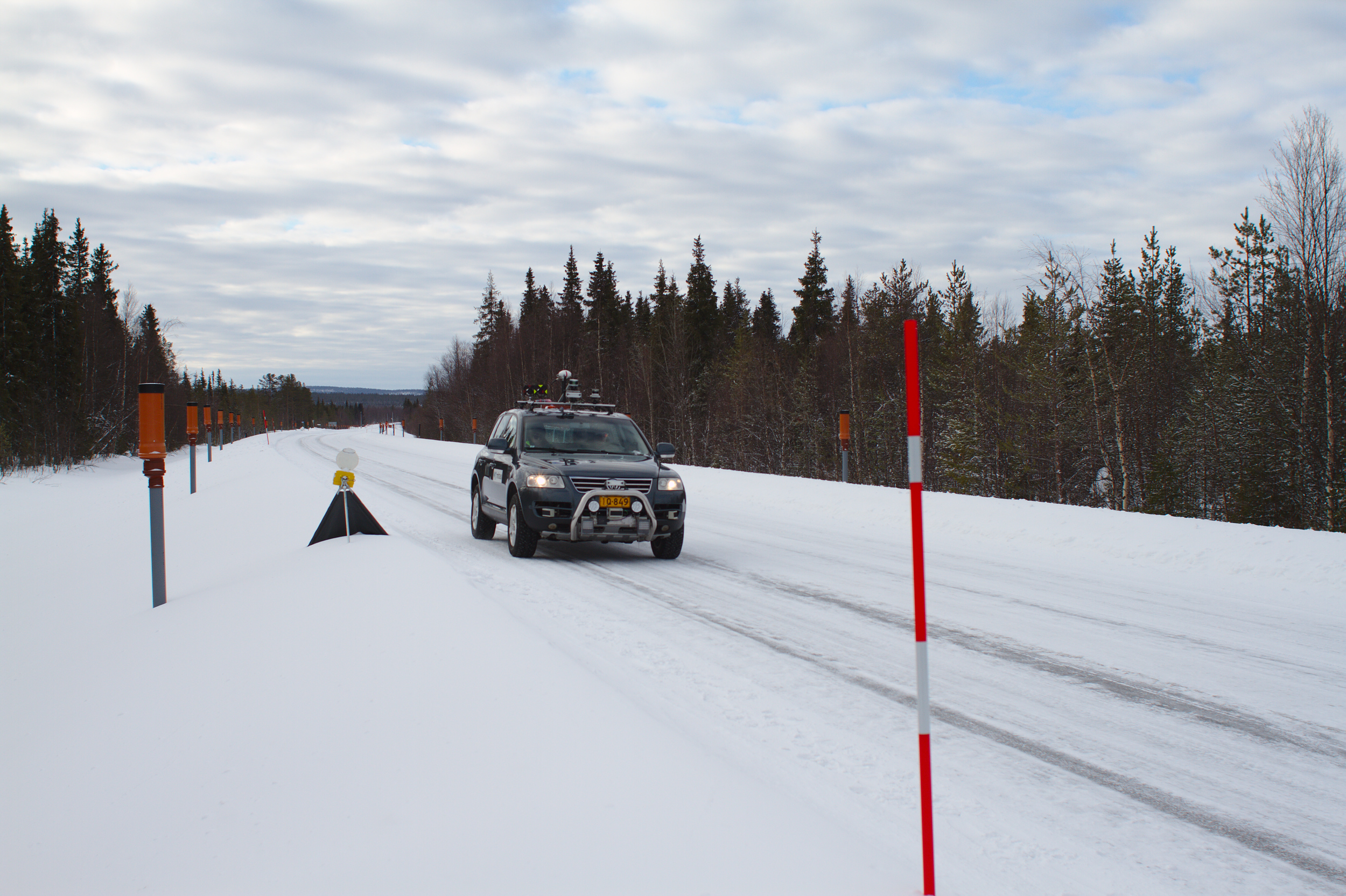
In addition to satellite-based signals, terrestrial signals may also be considered – for example, mobile communications or the mega-constellations under development. With the ESA Ministerial Council Conference in Paris, the programme will move into Phase 3, which will run from 2023 to 2025. Further phases can be decided by the participants. Germany participated in Phase 1 from 2018 to 2021 and has been involved in Phase 2 since 2021. At CM22, the Federal Republic subscribed to NAVISP Phase 3. It thus remains entitled to vote, and German companies can expand their leading position in satellite navigation. Since the first German participation in 2019, the programme has quickly established itself as an attractive funding opportunity – not least among SMEs. In the meantime, more than a dozen projects by German companies are underway or have already been successfully completed.
NAVISP consists of three separate elements. Elements 1 & 2 were subscribed by Germany. In these two elements, companies and research institutions from Germany can submit their proposals or offers.
Element 1: Innovation
- Annual ESA calls for proposals to develop innovative concepts and technologies for the entire navigation value chain.
- Examples: Integrating satellite navigation and other sensors on the ground; seamless transition from indoor to outdoor; better signal protection.
- 100 percent funding of participating ESA programme participants
Element 2: Competitiveness
- Improve the competitiveness of European industry in the areas of systems, equipment, applications and services. Industry share of 50 percent of the costs.
- The other half comes from the ESA programme participants who support the individual projects. Small and medium-sized enterprises (SMEs) can receive support of up to 80 percent.
Element 3: Support for member states
- Technical support for the implementation of activities in the national programme
Use of ESA laboratories and technical facilities - 100 percent funding by the participating ESA programme participants who have explicitly requested the support


